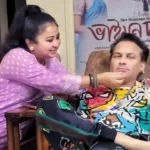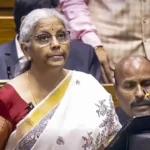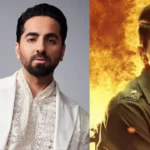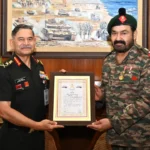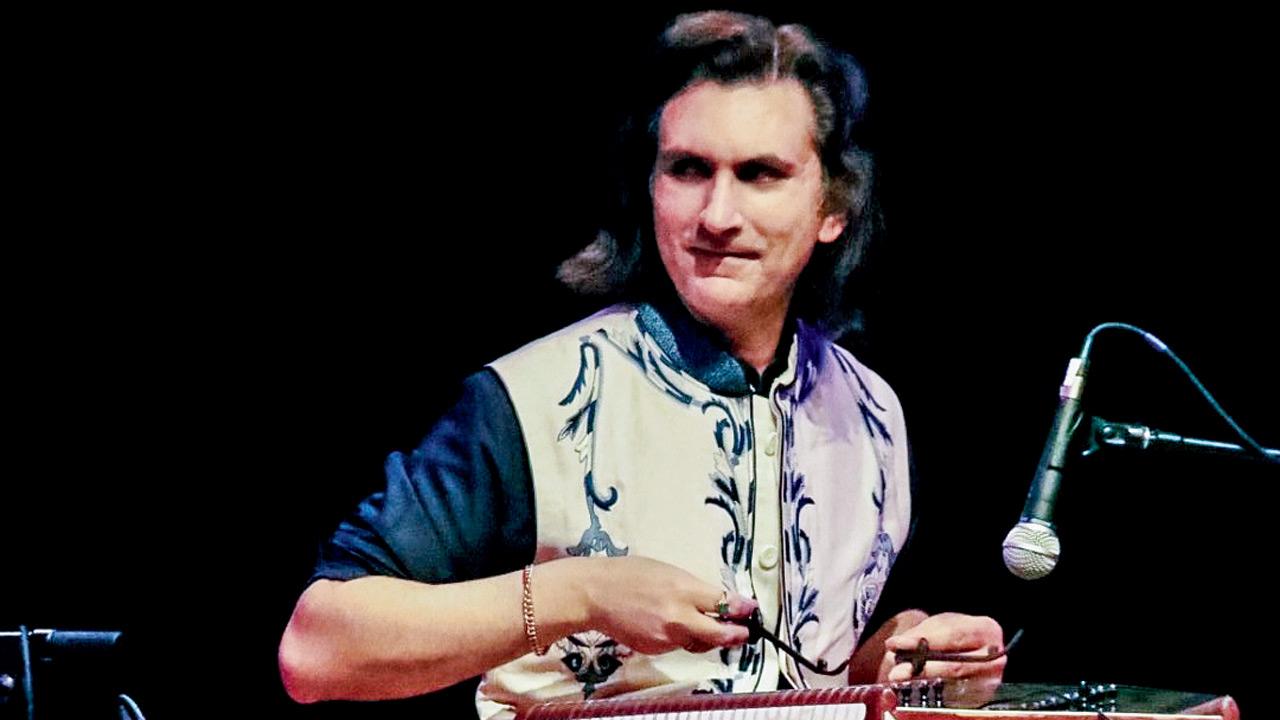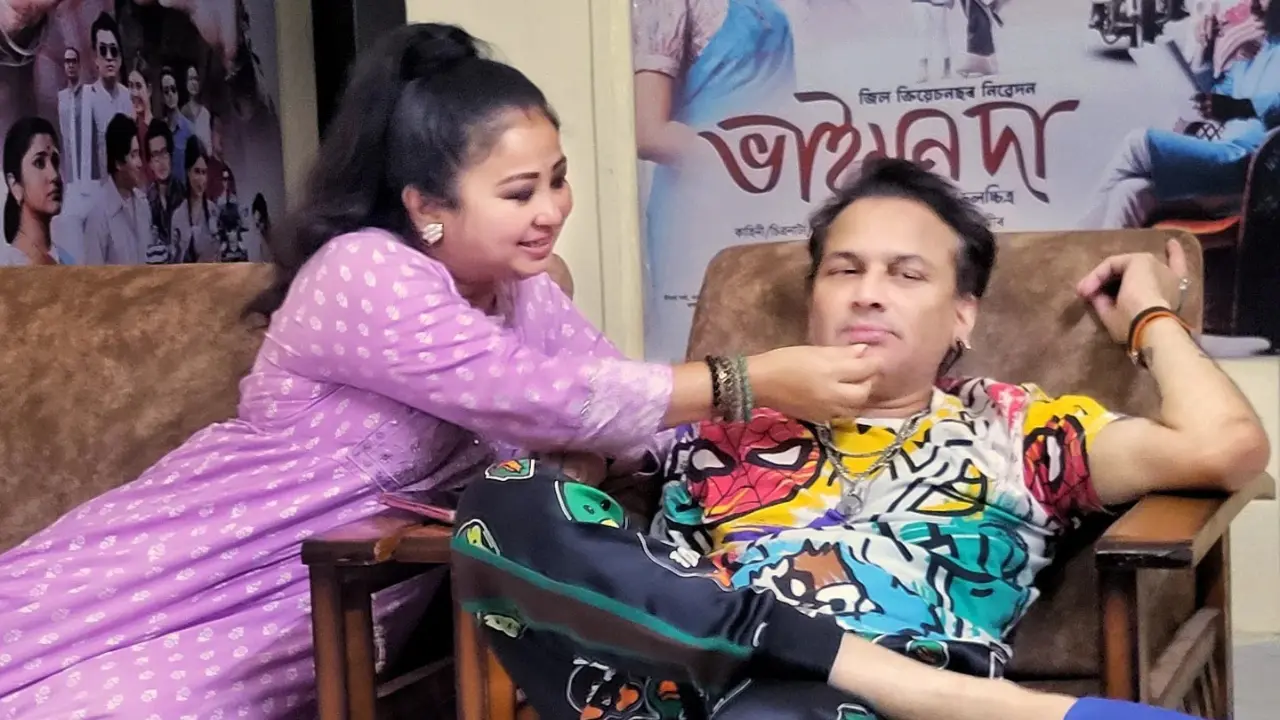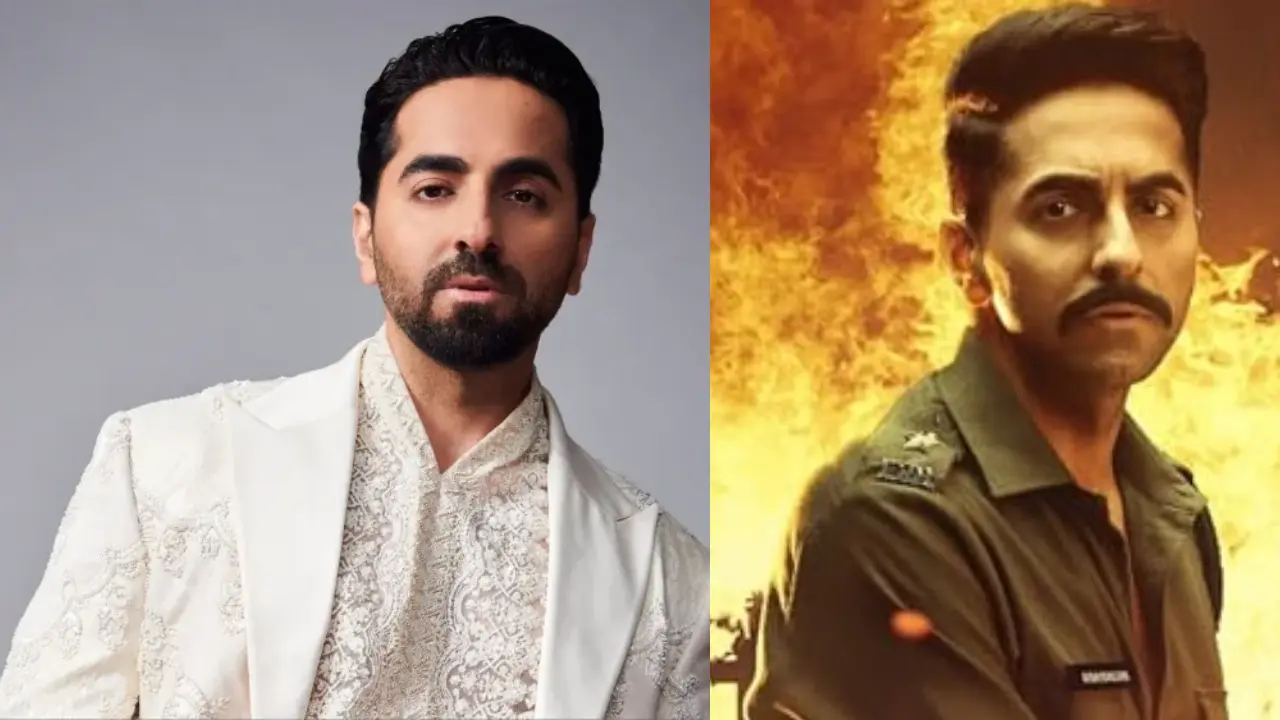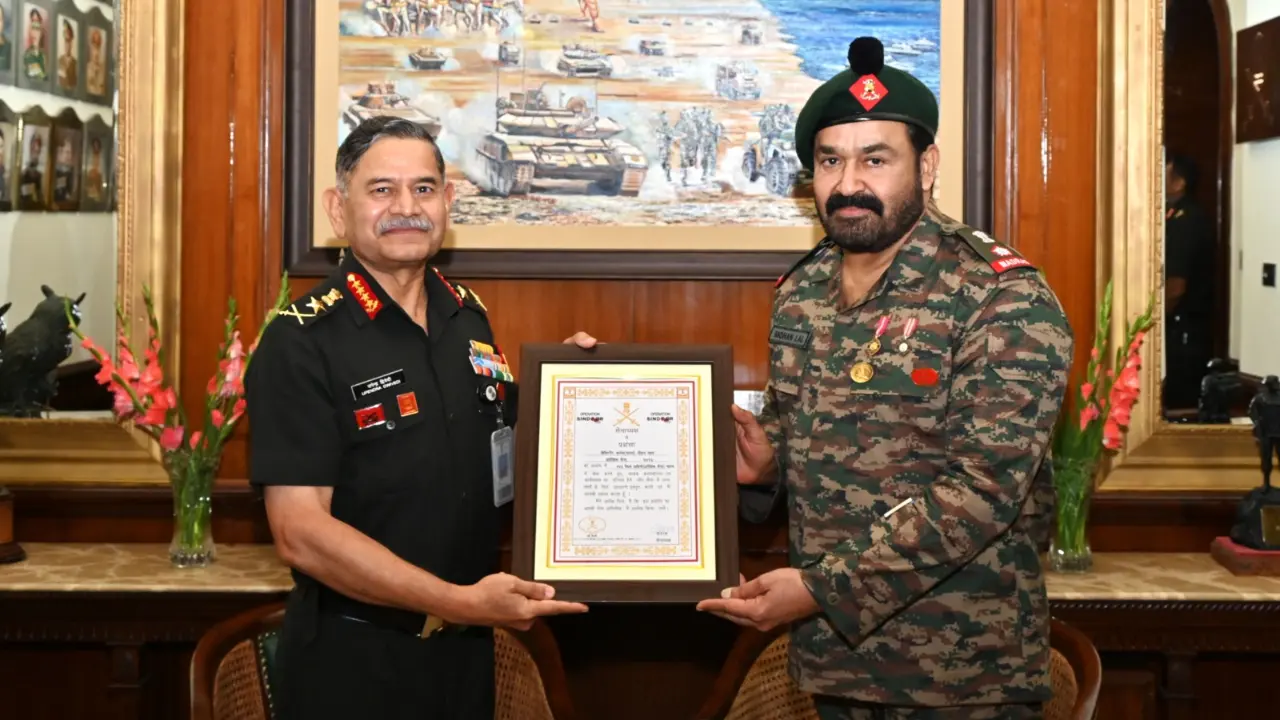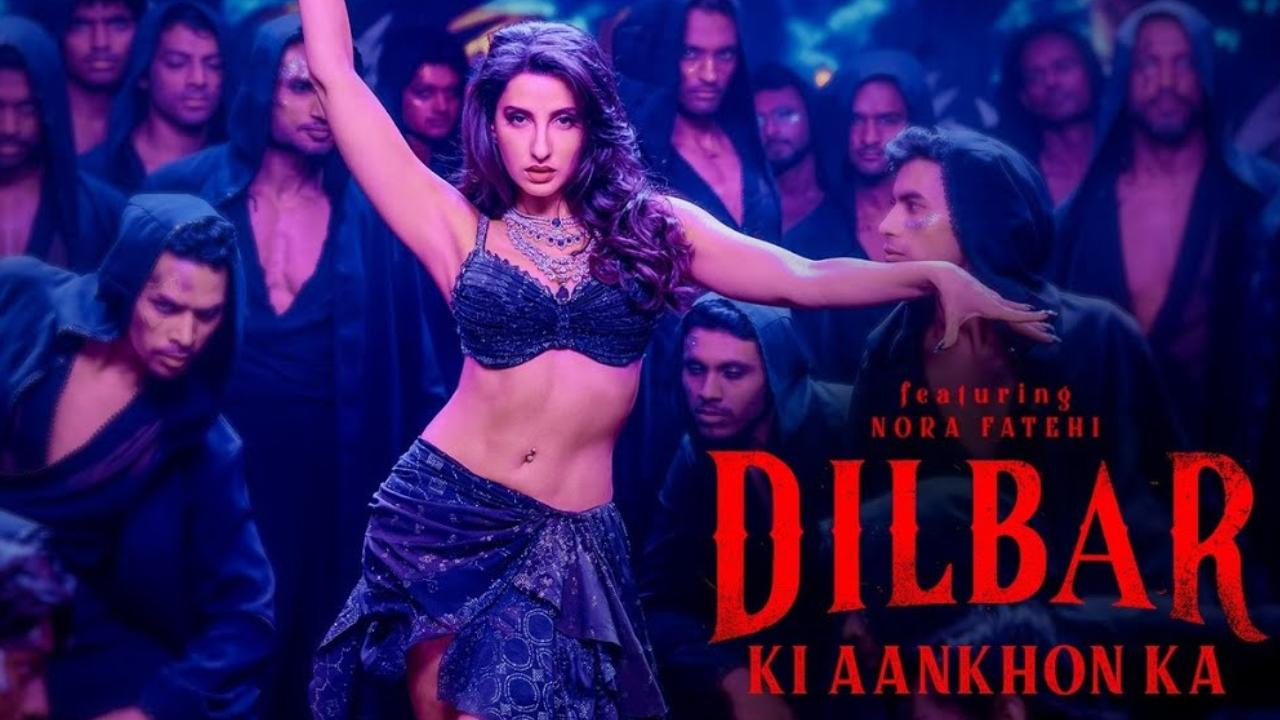Growing up, musician Rahul Sharma saw his father Pandit Shivkumar Sharma convert the santoor from a little-known instrument into an integral part of Indian classical music. Rahul is taking the legacy forward with his international collaborations. The santoor virtuoso will perform at the October 11 fundraiser for the Kala Ghoda Arts Festival 2026. He will present Healing Harmonies, a concert that blends Indian roots with global contemporary sounds. Ahead of the concert, he talks to mid-day about finding a new voice for the instrument, and why music must innovate with time.
Excerpts from the interview.
The curtain-raiser of the Kala Ghoda Arts Festival 2026 is being described as a fusion of healing harmonies. How did you conceptualise the idea of blending classical music with global contemporary sounds?
It’s a pleasure performing for the Kala Ghoda curtain-raiser. Just like evolving art, one has to preserve, create, and innovate traditional classical music while experimenting at the same time. Whenever I heard artistes like Vangelis, Pink Floyd, or new-age music, I always felt that the 100-stringed santoor could be part of both the worlds, traditional and modern. [That sparked] the urge to collaborate and compose my music in such a manner that it appealed to a generation of listeners.
Rahul Sharma will present the Healing Harmonies at the curtain-raiser on October 11. Teaming up with (from left) Avinash Chandrachud on the keyboard, Vinayak Pol on drums, Amit Gadgil on bass, and Ojas Adhiya on the tabla, the musicians will present an amalgamation of Indian classical, fusion, and jazz music
The proceeds from your concert will support the preservation of the Kala Ghoda Art District. How do you see music contributing to heritage conservation?
Like art, music has always thrived on a rich patronage from society, visionary artistes who feel pride in taking our arts and culture around the globe. As an Indian classical musician, I represent India each time I’m performing in the prestigious concert halls such as the Kennedy Centre in Washington DC, the Esplanade in Singapore, or the Barbican in London.
How has working across genres and borders influenced the way you present the santoor today?
The santoor, from being a little-known Kashmiri folk instrument, was introduced into Indian classical music by my late father and guru Padma Vibhushan Pandit Shivkumar Sharma. Today it is popular through my collaborations and albums like The Confluence with pianist Richard Clayderman, Namaste India with the popular saxophonist Kenny G, and Tree of Tranquility with the pioneer of electronica and Grammy winner Deep Forest. Recently, the santoor entered the symphonic world with Santoor Symphony, which I composed and led for the Cape Town Philharmonic Orchestra.
With over 70 albums to your credit, your journey has been rich and expansive. How do you balance the responsibility of carrying forward your father’s legacy while also carving out your own voice?
Legacies survive if a student takes the most from his guru and diversifies in a way that the music retains the traditional aspects yet has something new to offer. Any music festival today in the world is incomplete without the santoor. Just like I’m taking my father’s legacy ahead, hopefully in the future, my son Abhinav will do too.
In your words, music has the power to “heal, inspire, and unite.” Can you share a personal moment where you experienced this?
When I was heading to Dubai once, a doctor introduced himself to me and said that he has played my album Confluence at least a thousand times to his patients, who were recovering from various surgeries and illnesses. He said it helped the healing process. Music has the power to heal, soothe, and with the gentle sounds of the santoor, one can expect stress and anxiety to reduce.


